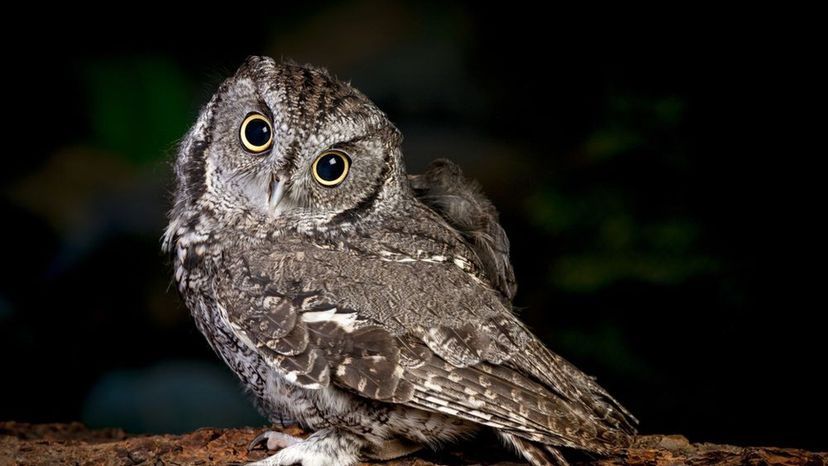
About This Quiz
There are so many animals you'll find nesting, grazing and hiding among the shrubs, trees and herbaceous plants in the woodlands, it will be a challenge to name them all. Some eat insects, some survive on smaller mammals, and others eat fruits and seeds from flowers and trees.Â
The open forest habitat with plenty of sunlight and limited shade supports an entire ecosystem. However, woodlands are often transition zones between different ecosystems such as grasslands, true forests (high-density trees) and deserts. The main non-living chemical and physical part of the environment that affect woodland animals most are the hot, dry summers, mild moist winters, nutrient-poor soil and wildfires that suddenly spring up.Â
Even if you live in a suburban environment and not out in the woods, you are sure to get many of these questions correct. The grey squirrel, raccoon, and skunk can be found in both the woodlands and, most likely, your neighborhood. And it's not just mammals, there are monarch butterflies, ladybugs, and snails that you're sure to recognize in your garden or out walking.Â
Moreover, it's not unheard of to find the American green tree frog in your backyard - especially if you live in the southeastern United States. Find out if you can name each of these American woodland animals from the image. Take the quiz now.

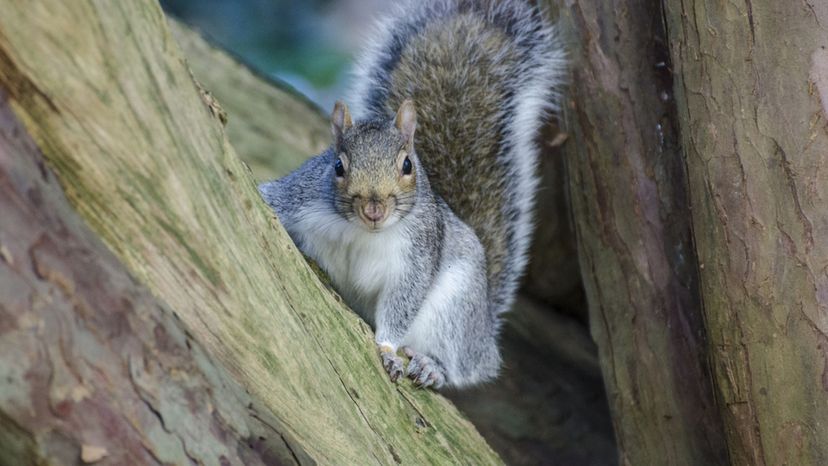
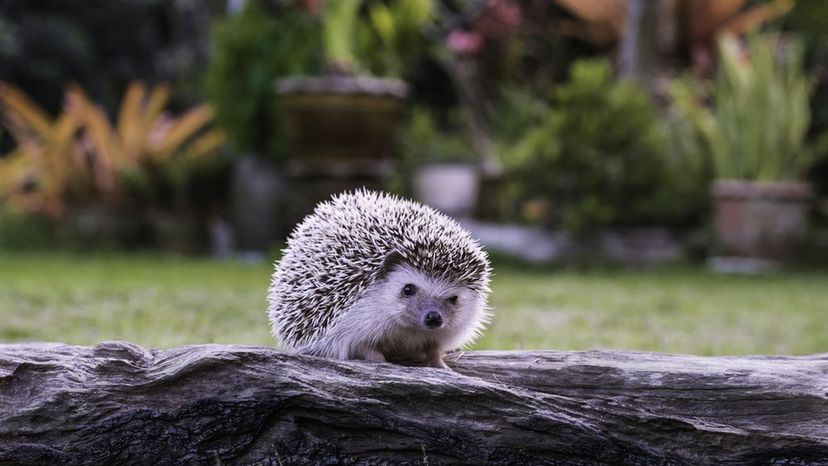
Advertisement
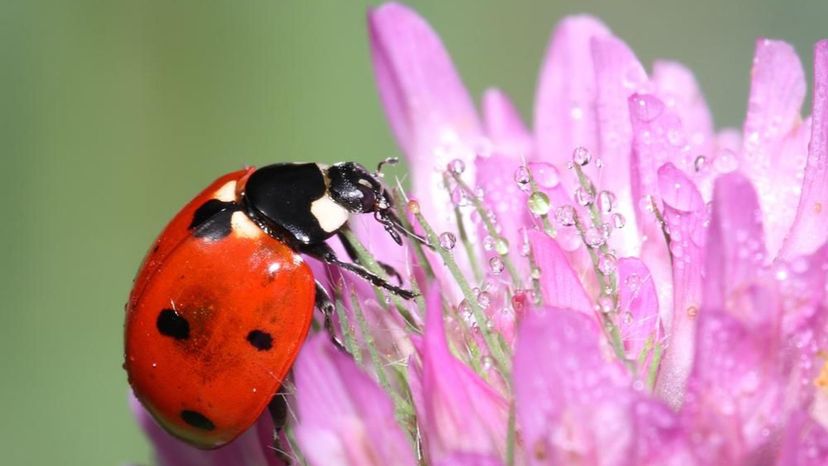
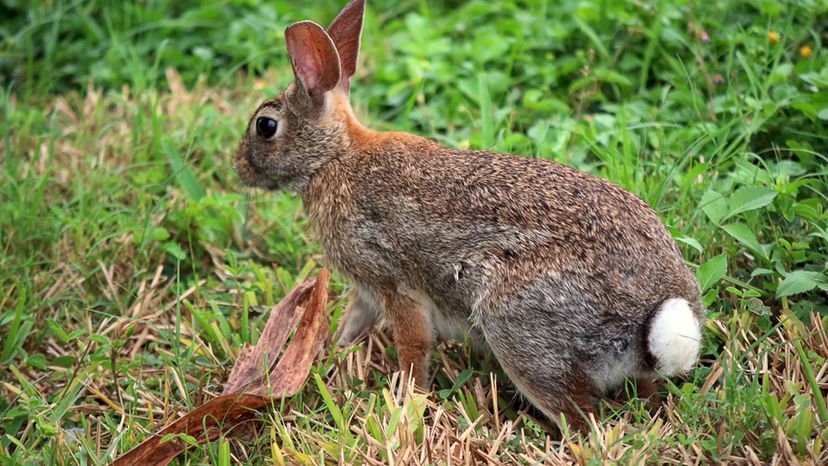
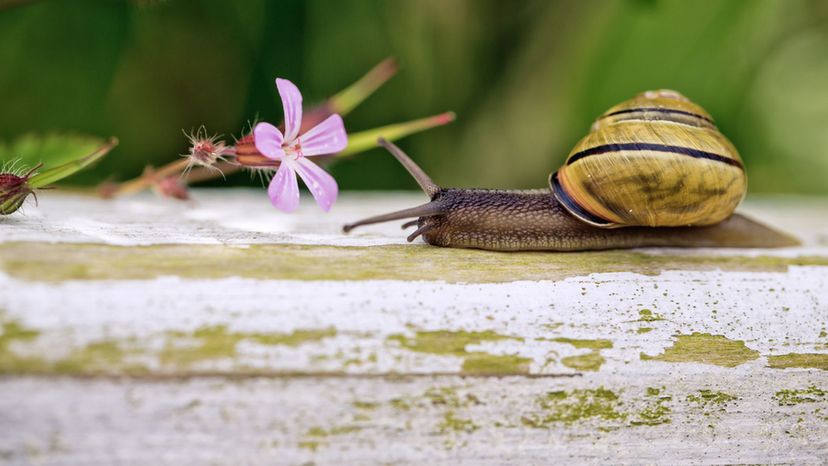
Advertisement
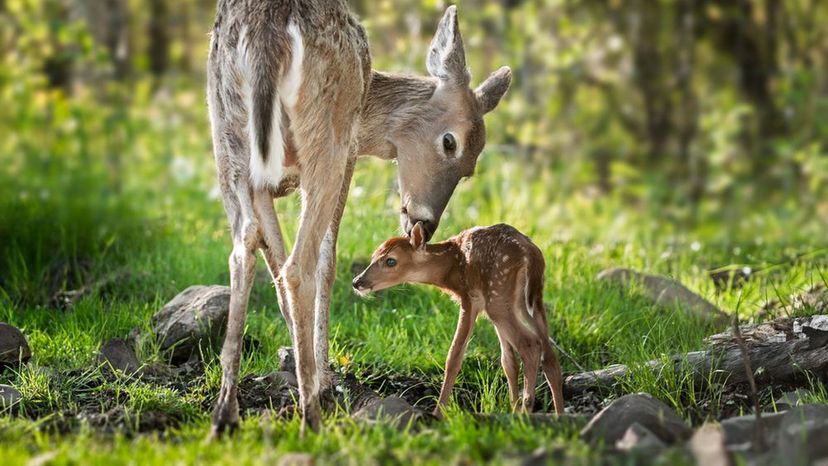
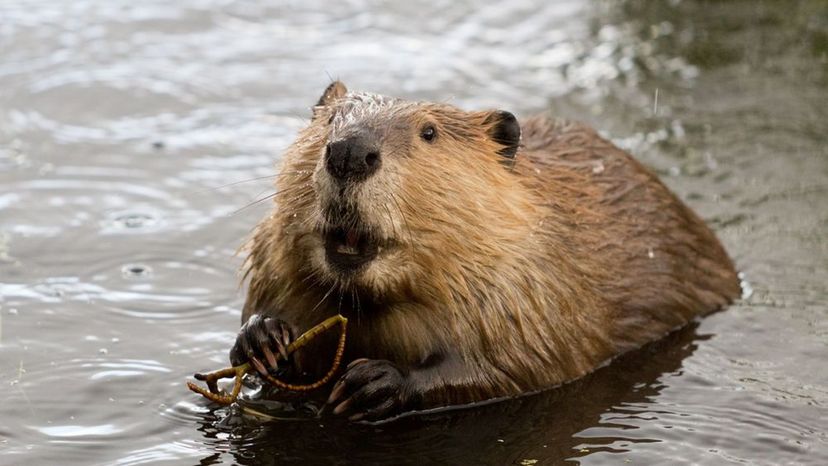
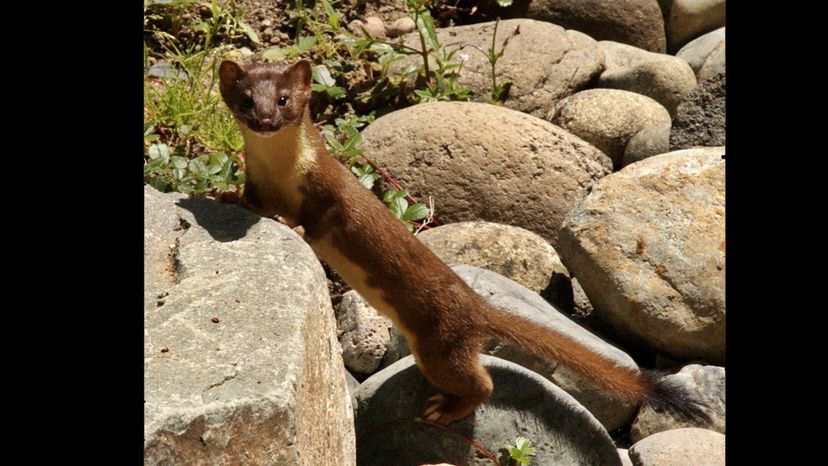
Advertisement
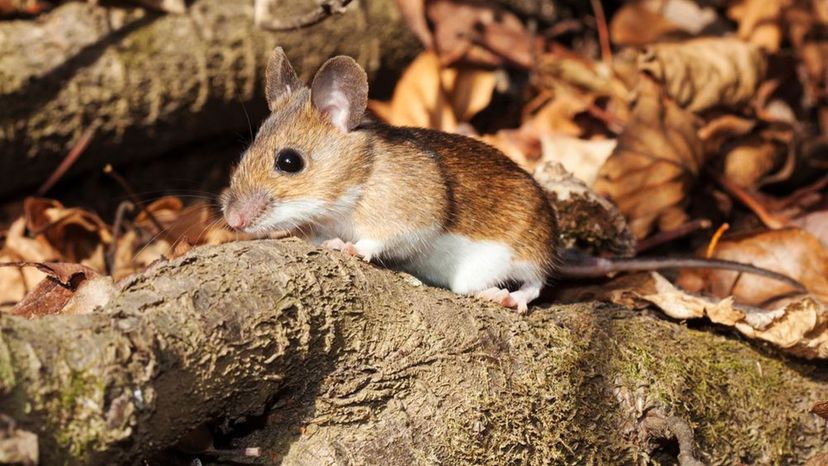

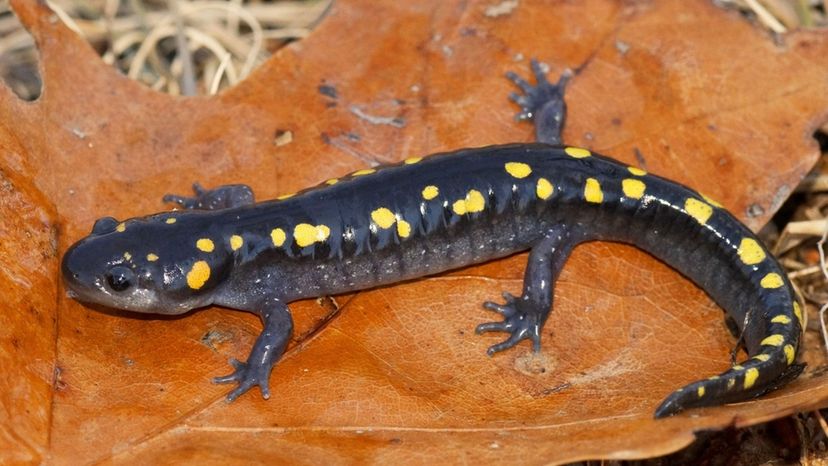
Advertisement
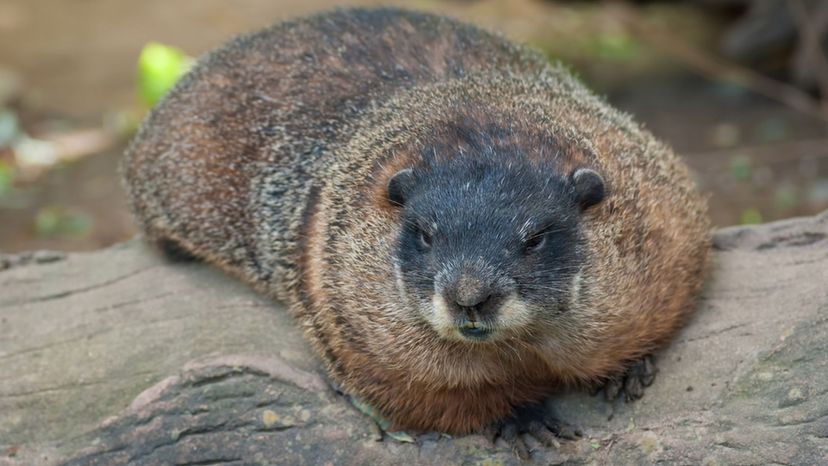


Advertisement
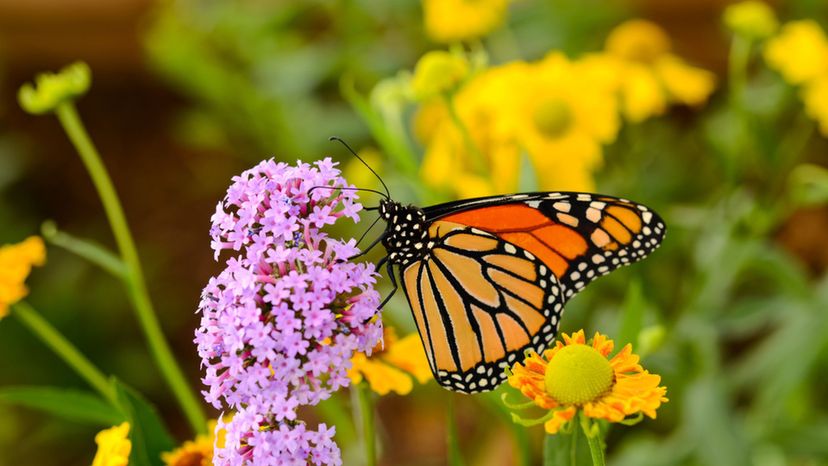
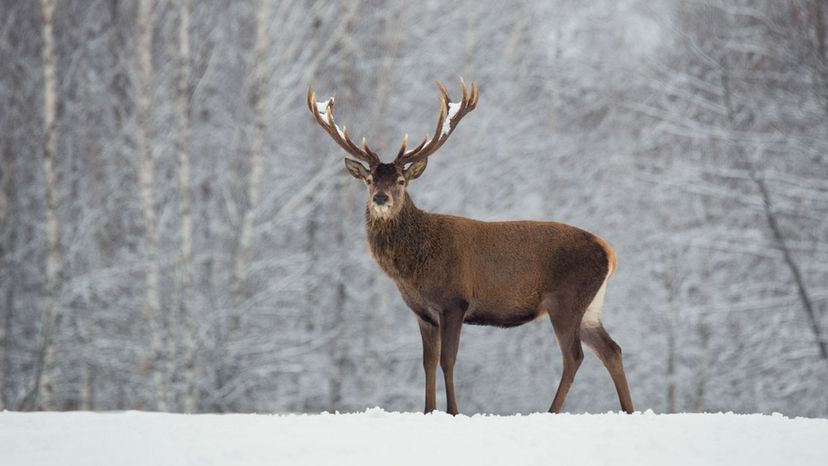
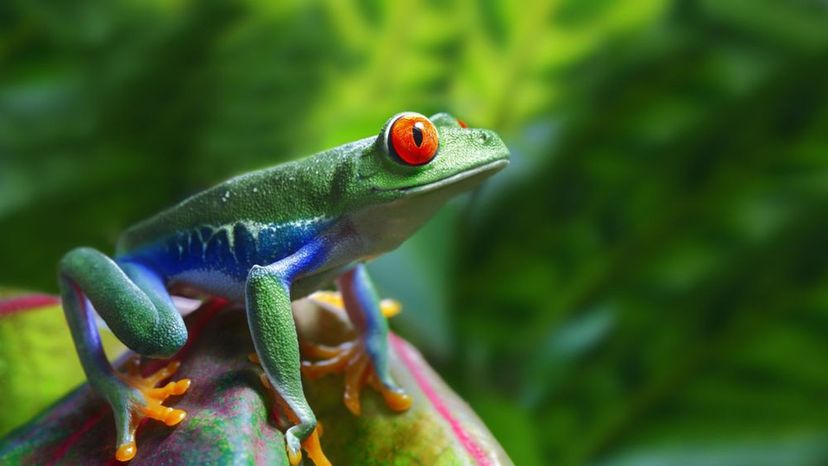
Advertisement
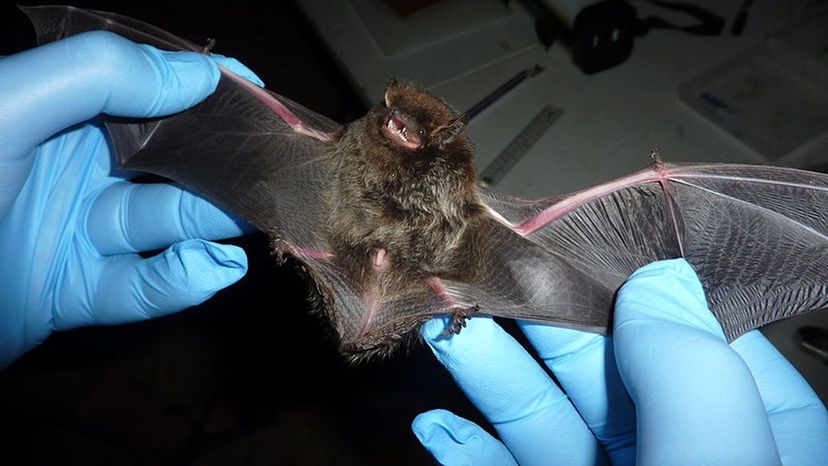
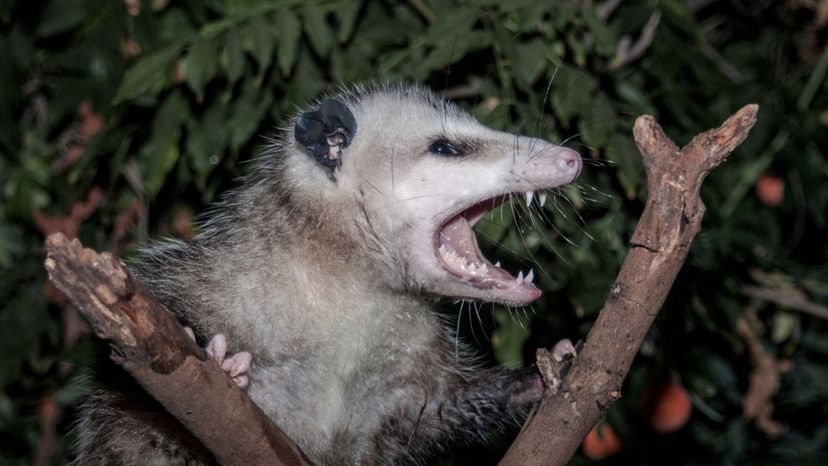

Advertisement
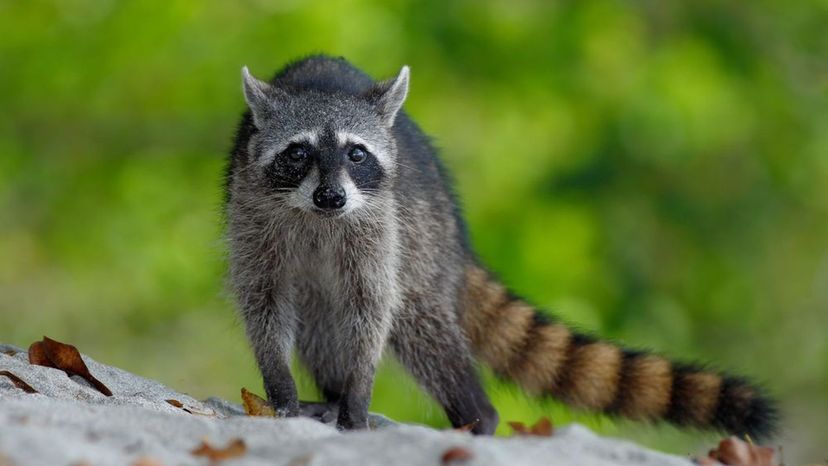
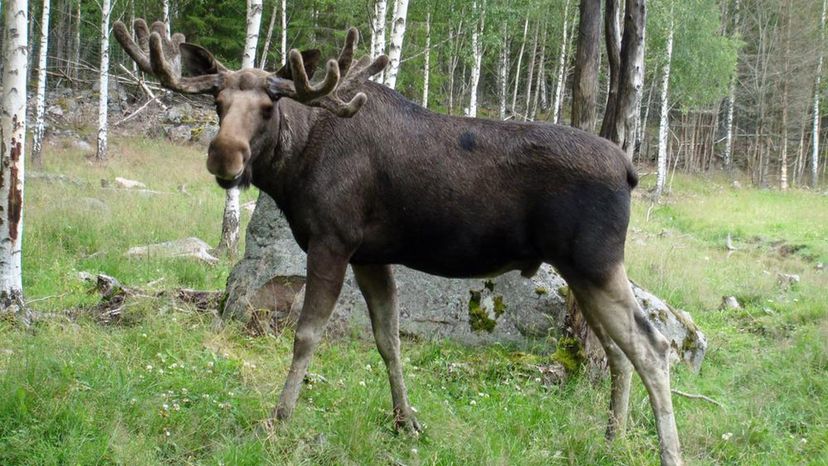
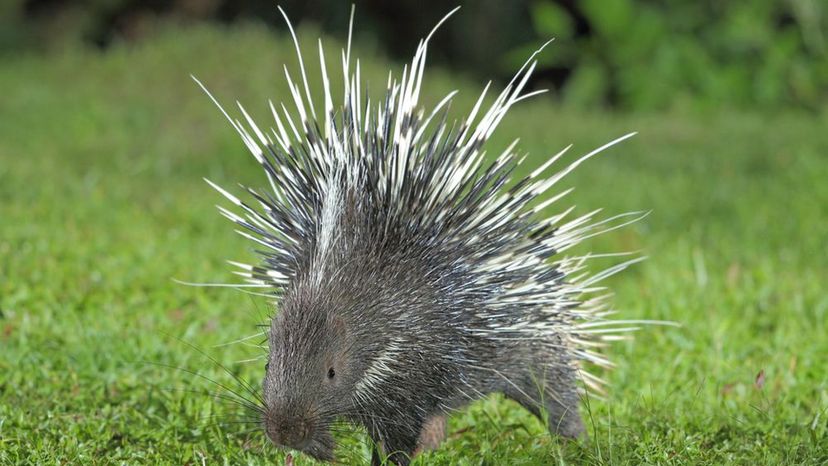
Advertisement
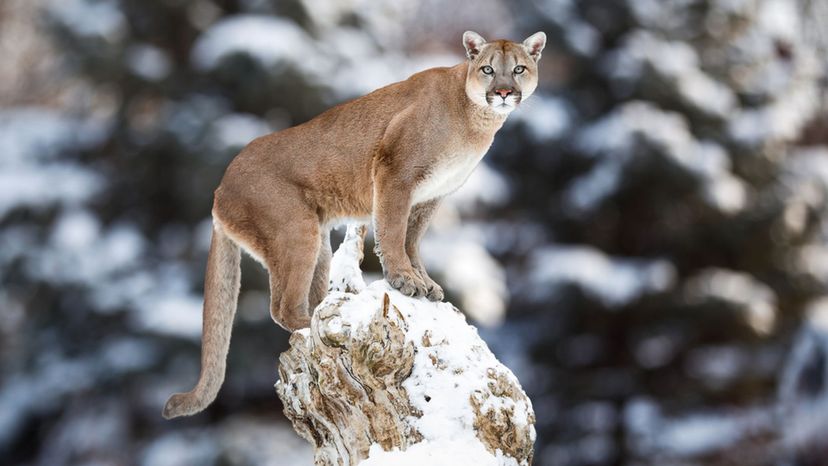
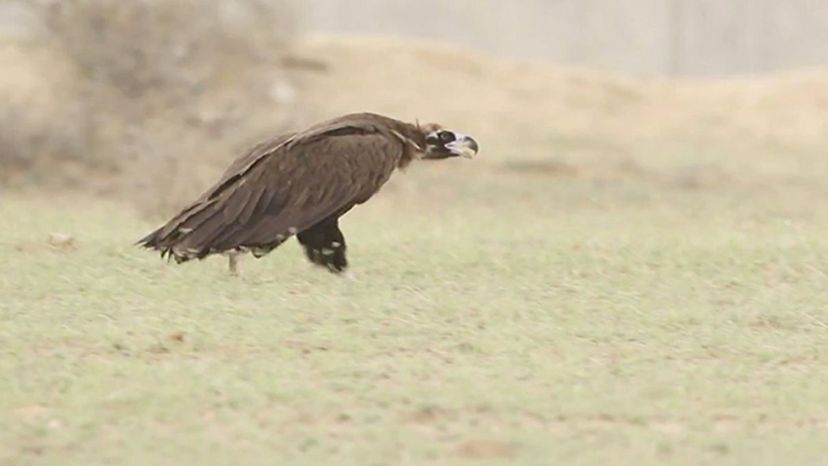
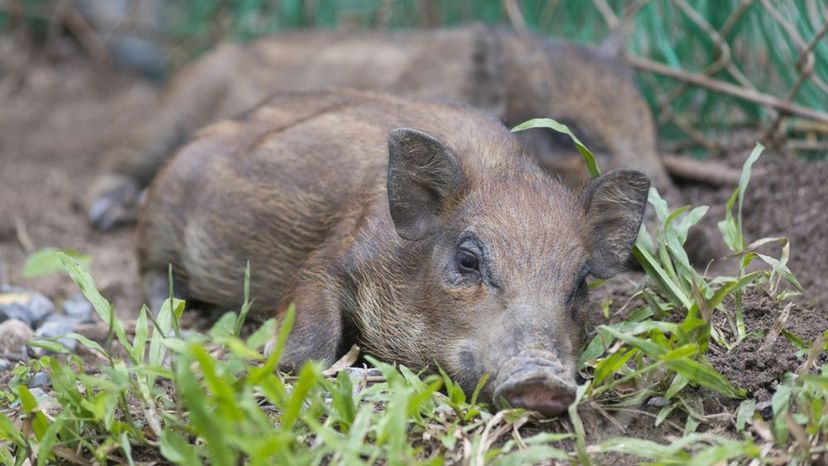
Advertisement
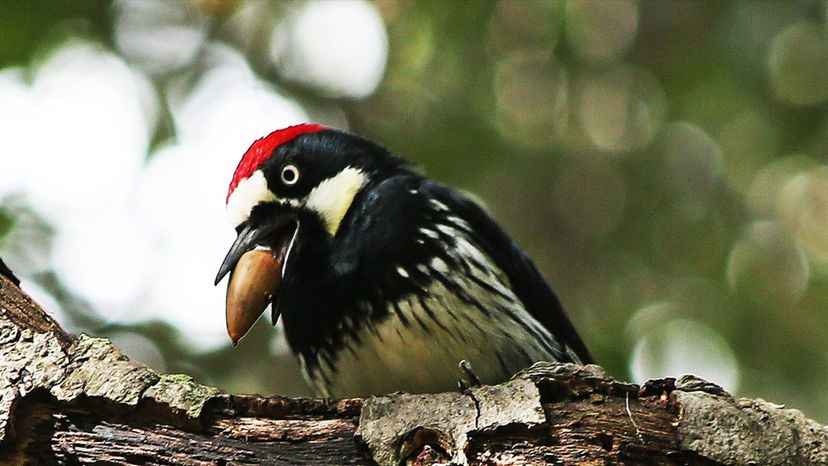
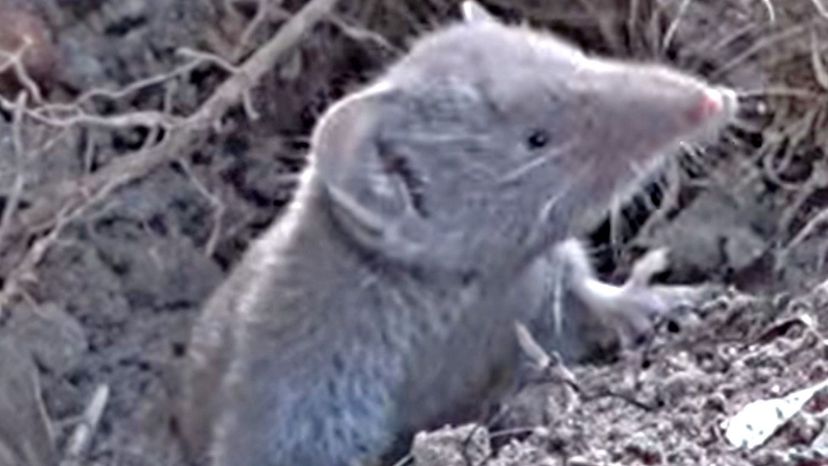

Advertisement


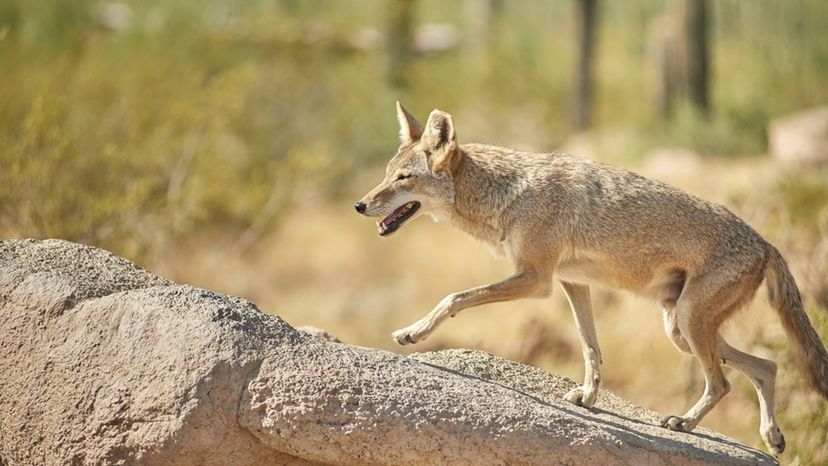
Advertisement
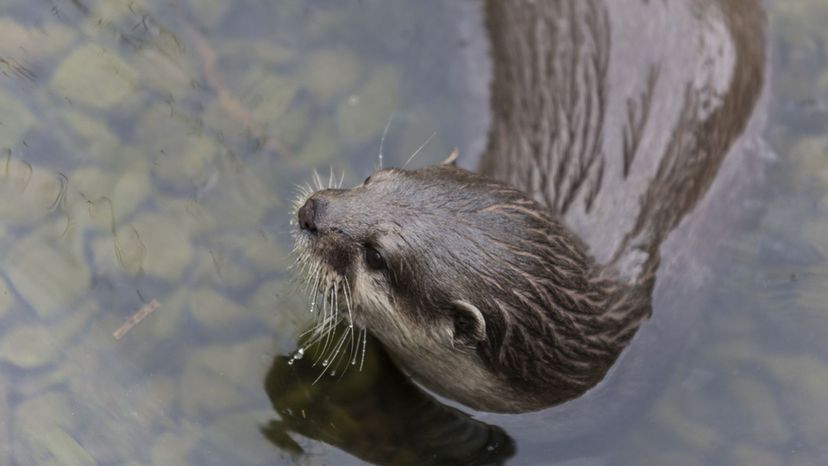
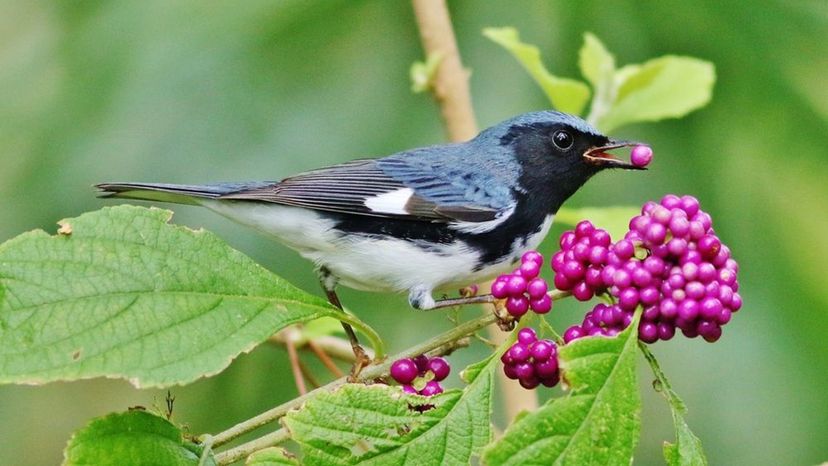

Advertisement

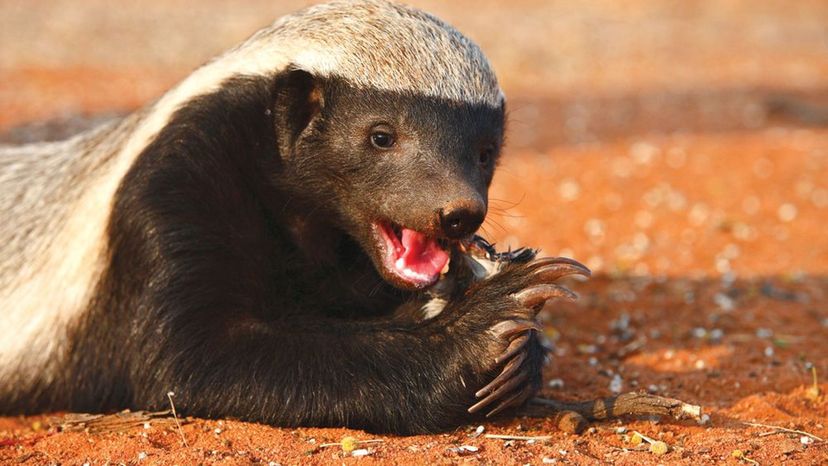
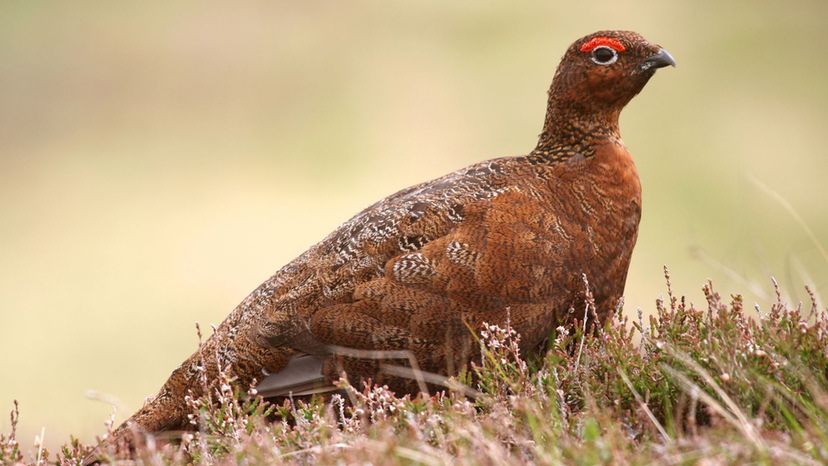
Advertisement
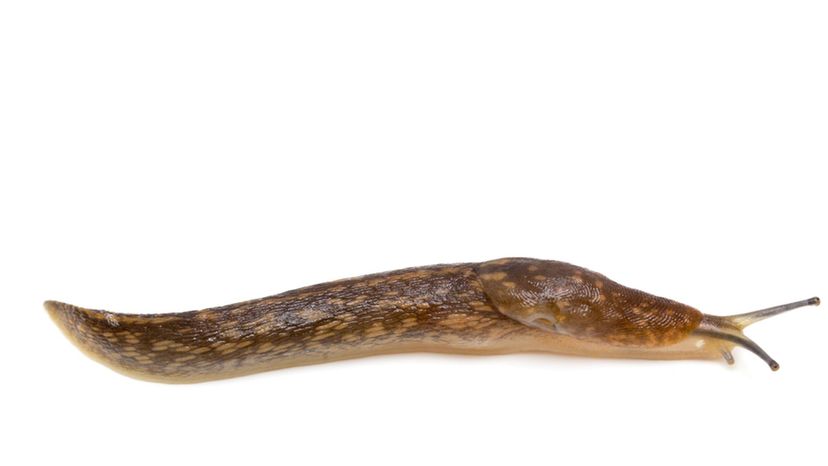
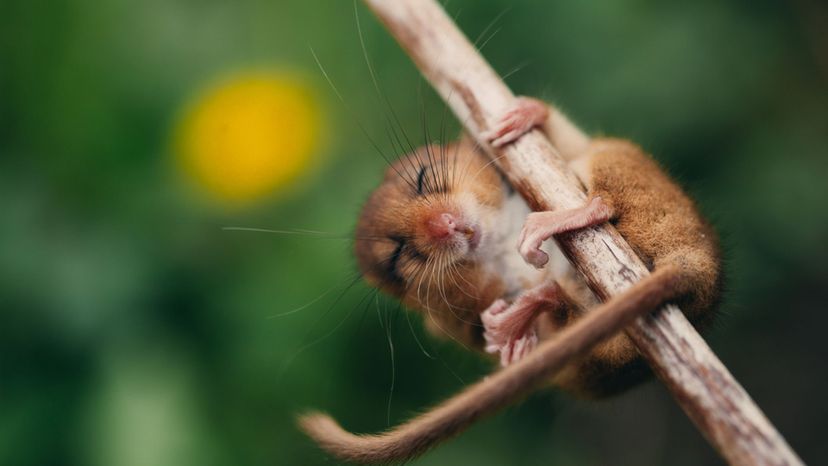
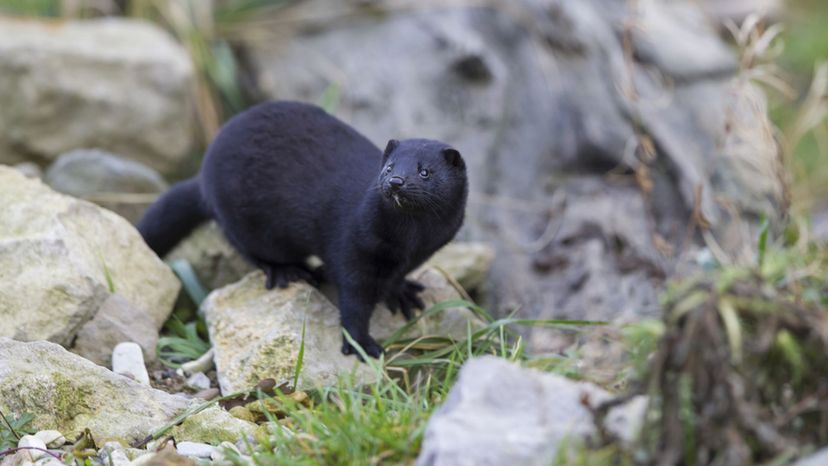
Advertisement
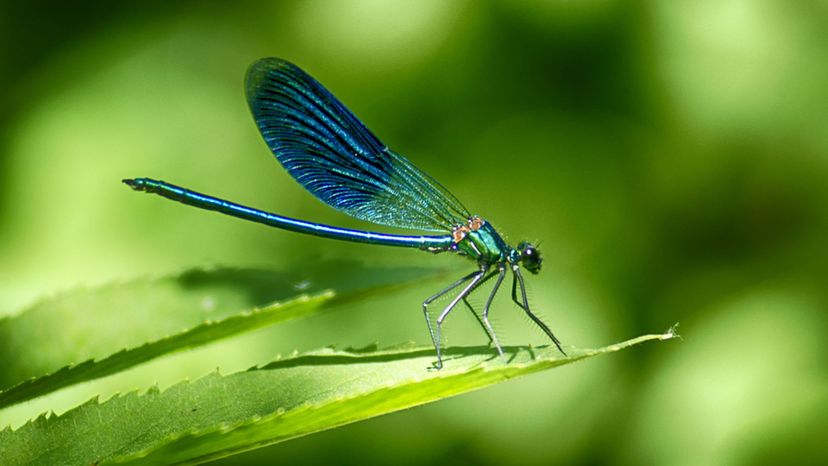
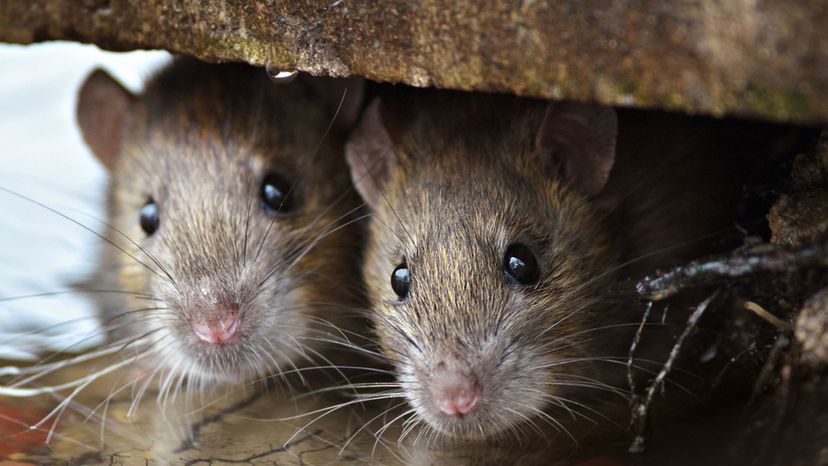
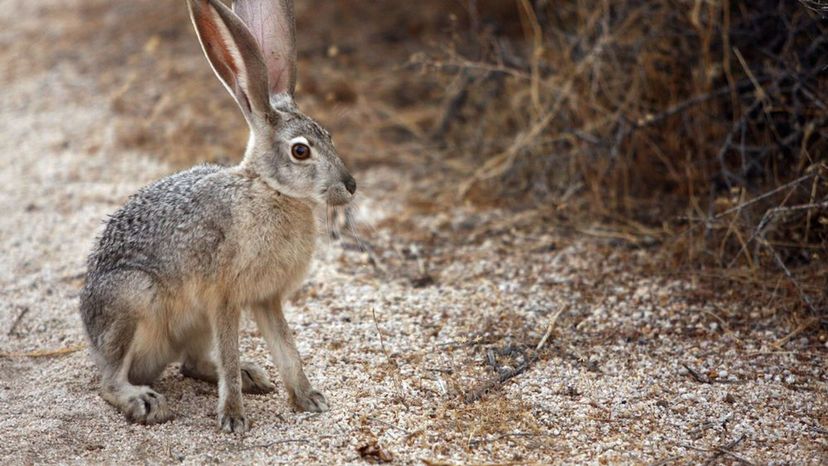
Advertisement
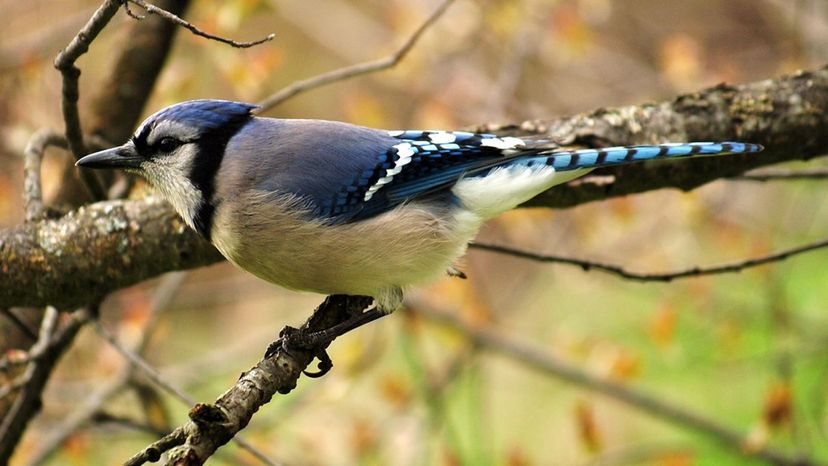
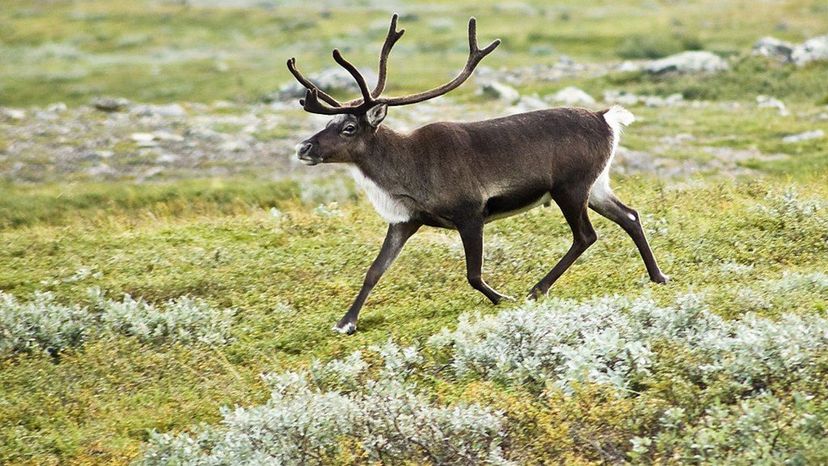

Advertisement
